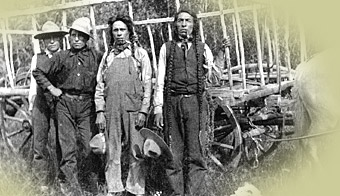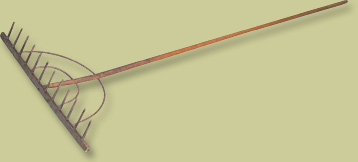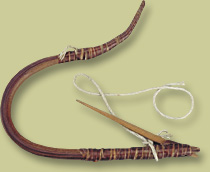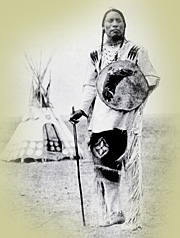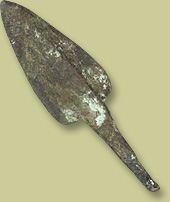|
|
Arrival of Strangers - The Last 500 YearsBeliefsAgriculture versus Traditional LifewaysMissionaries also promoted farming as the basis of a stable Christian lifestyle. Residential school curricula were split between academic and practical instruction. Practical instruction meant domestic work for girls and agricultural work for boys. Away from their families, Aboriginal children had little chance to learn the skills they needed to be competent in Aboriginal economies.
At the time residential schools were established, the Department of Indian Affairs was distributing seeds and ploughshares to Indian bands. These items were often for use on unsuitable tracts of reserve land, much smaller than the tracts allotted to non-Aboriginal homesteaders. Aboriginal people expressed their beliefs directly through their traditional uses of the land and sea. As the government divided up the land, Aboriginal people found it harder to carry on their hunting, fishing and gathering. As children lost their chance at an Aboriginal education, the original belief systems were eroded.
"Early in the 1900s, Pitseolak, an Inuit Elder from Pangnirtung, rowed with Scottish and American whalers in pursuit of bowhead whales. He believed that local Inuit hunters had more success in whaling than non-Aboriginal hunters because they obeyed the shaman's rules of life. Inuit did not shout and cheer like Yankee whalers when they harpooned a whale, and were towed by it through the water at high speed. Rather, Inuit sat quietly during this part of the hunt, being careful not to knock pipe ashes into the water or do anything to offend the whale." - James Houston, unpublished manuscript Over time, however, the newcomers' hunting tools, techniques and attitudes slowly eroded Aboriginal people's ancient beliefs in a spiritual connection to the animals that had sustained them long before the arrival of strangers. | |||
